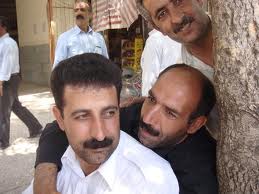Hair transplantation has a long history of use with many recent advancements. The old style hair transplant of a plug has long given way to single follicular transplants which look more natural and have better survival rates. Rather than strip grafts, harvest techniques include follicular extraction methods. These advancements have allowed hair transplants to be applied in many new and imaginative ways. While once used exclusively in the scalp, new applications have included smaller areas like the eyebrows.

Hair transplants are now being increasingly done to the moustache to achieve this more hirsutic lip look. Using follicular unit extraction techniques, hair follicles are transplanted into the moustache area in an individual fashion to create more dense hair growth. It is important to get the proper hair angulation, slightly downward, to make sure the new hairs grow in the right direction. Using slightly less hairs than for the eyebrows, increased density can be achieved with as little 100 to 150 transplants. The procedure is performed under a local anesthetic.
Recovery from moustache implants is very quick. Showering and washing hair can be done the next day and will not affect the harvest site. The moustache area, not that it is frequently shaved anyway, should not be shaved for several weeks. It will take up to six months to have the new hairs grow to good moustache length.
While moustache hair transplants seem like quite an oddity in the West, it is reflective of a very different culture in the Middle East. Facial hair and moustaches have a long history in the Arab world, dating back thousands of years. I have seen few if any Arab leaders without them. Clearly their presence is more than just a happenstance, it is a strong male statement that casts an image of enhanced virility and power…very much like the strong jawline does for the Western male.
Dr. Barry Eppley
Indianapolis, Indiana


